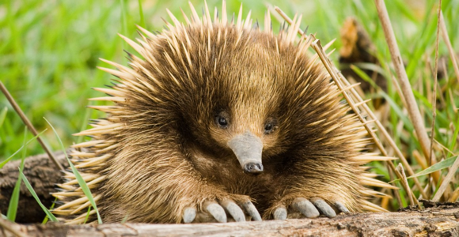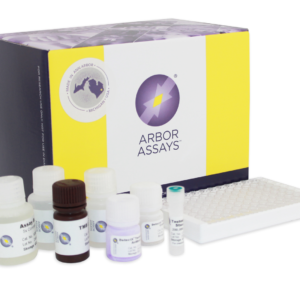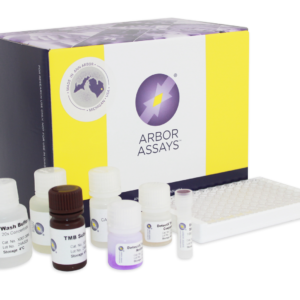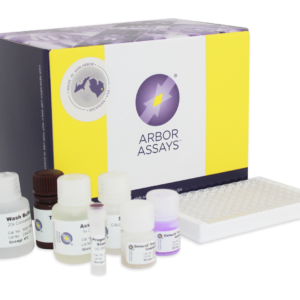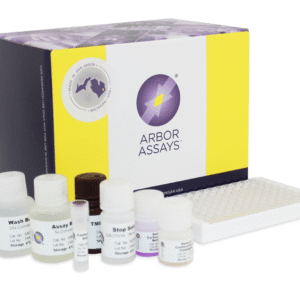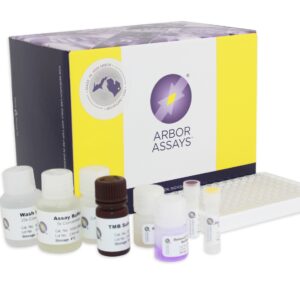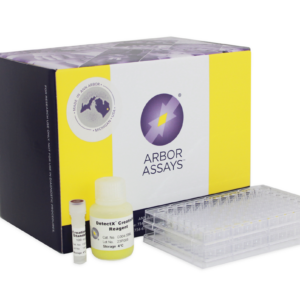Can spines tell a story?
The short-beaked echidna, native to Australia, is an excellent model of a monotreme, which are egg-laying mammals. Egg-laying is closely coupled with hibernation so studying the reproductive habits of these mammals has proven difficult. Scientists have begun to unravel the reproductive behaviors of our adorable spiky friends by monitoring captive mating echidna’s serum reproductive hormones. Although monitoring serum reproductive hormones has shown promise, collecting serum samples of wild Echidnas has proven difficult and is unnecessarily stressful for the animal. In a recently published study, scientists have investigated whether we can detect the animal’s hormonal makeup from the collection of their spines. Utilizing Arbor Assays reproductive hormone ELISA kits, researchers discovered detectable levels of testosterone (#K032), estradiol (#KB30), Progesterone (#K025), Corticosterone (#K014), and cortisol (#K003) in extracted Echidna spines. Since reproductive hormones are detectable in Echidna spines, researchers may be better able to track the reproductive behaviors of wild Echidnas.
Featured Products
-
In Stock
Testosterone ELISA Kit
$353.00 – $1,409.00The DetectX® Testosterone ELISA Kits provide non-invasive measurements of Testosterone and Dihydrotestosterone.
-
In Stock
Estradiol ELISA Kit
$320.00 – $1,277.00The DetectX® Estradiol ELISA Kits use a specifically generated antibody to measure estradiol and its metabolites in urine and fecal samples. This kit is not recommended for serum, plasma, or saliva samples.
-
In Stock
Progesterone ELISA Kit
$338.00 – $1,354.00The DetectX® Progesterone ELISA Kits quantitatively measure Progesterone present in extracted dried fecal samples, urine and tissue culture media samples. Used in determination of Reproduction and Sex Steroid Metabolism
-
In Stock
Corticosterone Multi-Format ELISA Kit
$366.00 – $1,462.00The DetectX® Corticosterone Multi-Format ELISA Kits quantitatively measures corticosterone present in a variety of samples.
-
In Stock
Cortisol ELISA Kit
$338.00 – $1,354.00The DetectX® Cortisol ELISA Kits quantitatively measure cortisol present in a variety of samples.
